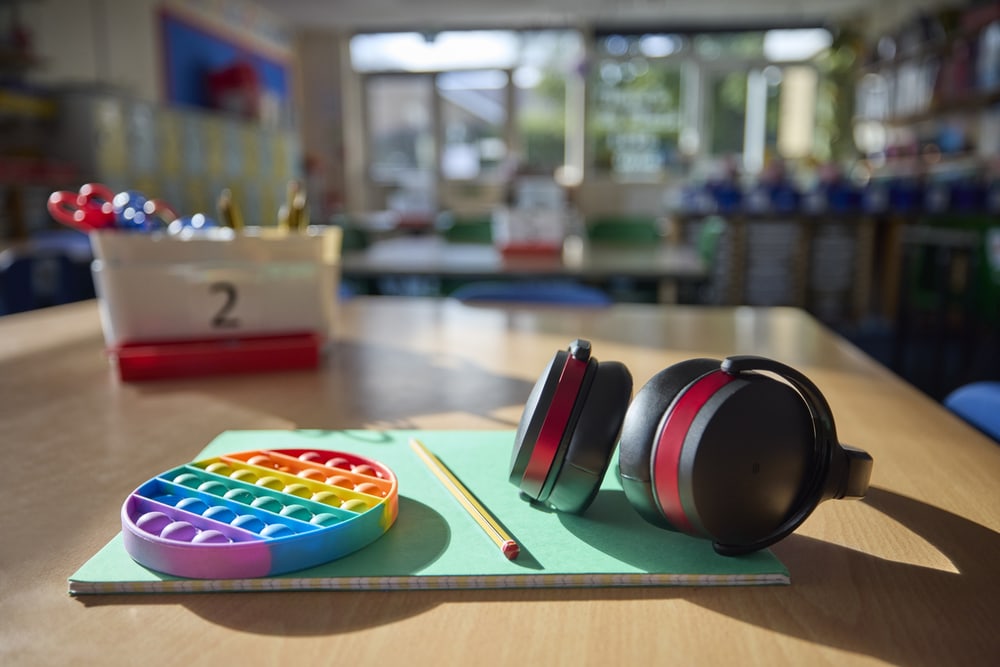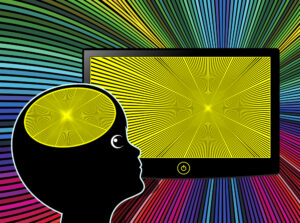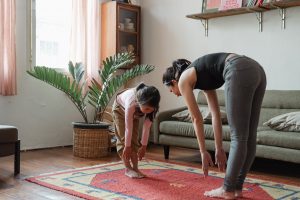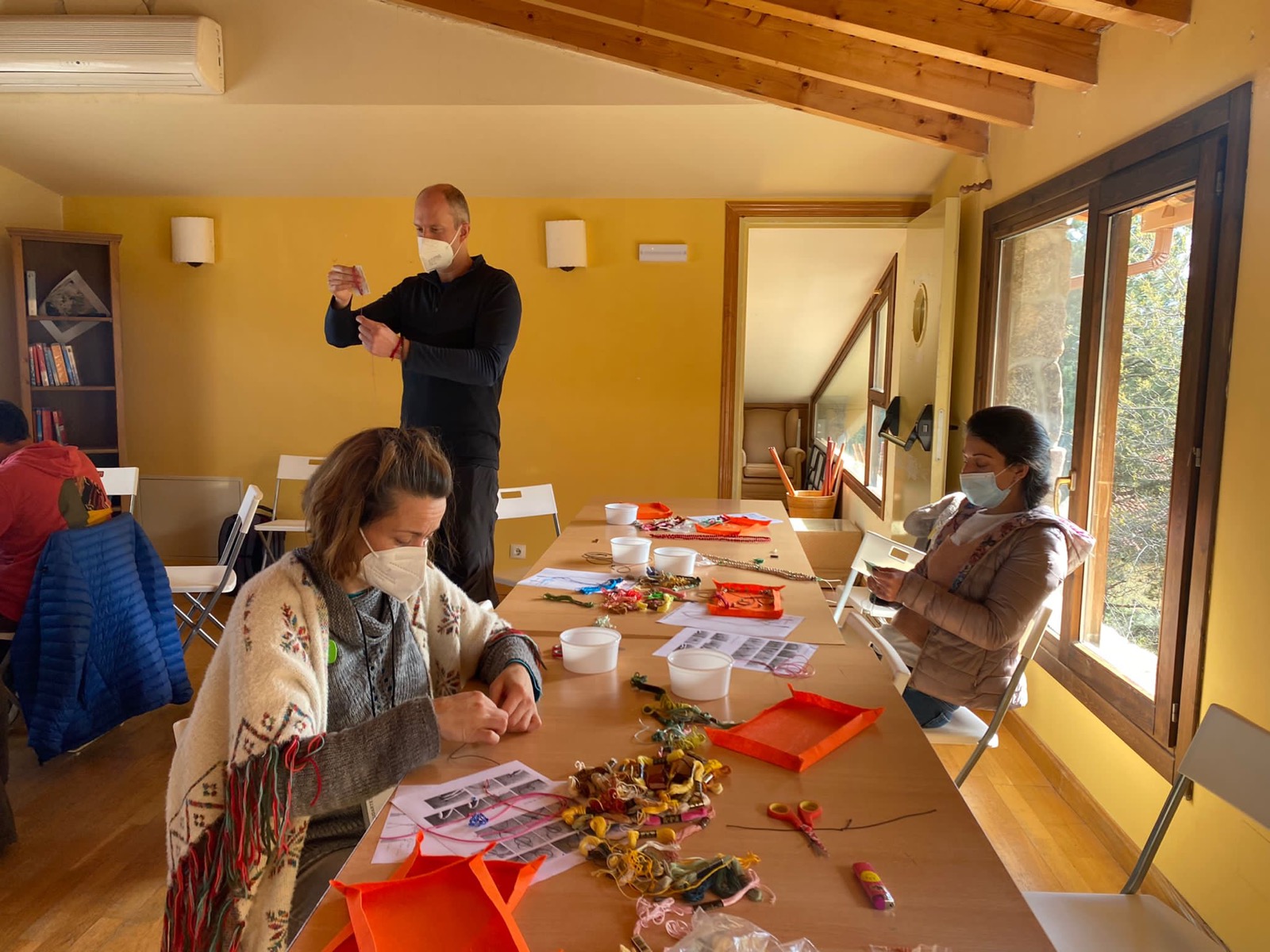How Yoga Can Help Kids with Sensory Differences
Digital media can present all kinds of challenges for kids. Sometimes, it’s about content – extreme depictions of violence, for instance, or self-harming behaviors. Sometimes, it’s about the theft of time from activities that are critical to children’s healthy...

Digital media can present all kinds of challenges for kids. Sometimes, it’s about content – extreme depictions of violence, for instance, or self-harming behaviors. Sometimes, it’s about the theft of time from activities that are critical to children’s healthy development, such as physical movement, free play outdoors, or just interacting with others in real life, non-virtually, face-to-face.
Excess screen time may even interfere with a child’s development directly, if the results of new research in JAMA Pediatrics holds up.
The Impact of Screen Time on Kids’ Sensory Processing
For the study, researchers drew on survey results from caregivers to nearly 1500 young children. They were asked about their children’s sensory preferences, along with their TV and video viewing. (Because the surveys predated the dominance of smartphones, only TV and video consumption were considered.)
Analysis of the data showed that kids who watched any television or video at the age of 1 were twice as likely to experience atypical sensory processing by the age of 2. That could manifest as sensation seeking behavior, for instance, or sensitivity or avoidance.
After the age of 18 months, each extra hour of screen time was linked with a roughly 20% higher chance of sensory processing differences.
This comes on the heels of a 2023 study, also in JAMA Pediatrics, which found an association between screen time at age 1 and developmental delays at ages 2 and 4. “In particular,” its authors wrote, “more than 4 hours of screen time per day was associated with developmental delays in communication and problem-solving across ages 2 and 4 years.”
No amount of screen time other than that used for live video chats with family and friends is recommended for children under the age of 2.
Yoga & Sensory Integration
For kids who do struggle with sensory differences, regardless of their source, yoga can be especially helpful in how it nurtures two inner “senses” with which we process and filter all the input we get from our physical environment: the vestibular and proprioceptive.
The vestibular system, based in the inner ear, is what tells you where your body is in relation to Earth’s gravitational pull. Proprioception, on the other hand, is how you know where your body is in space. These senses work together with sight, sound, taste, touch, and smell to help us interact with the world around us.
When the brain has trouble receiving and responding appropriately to various types of sensory stimuli, a sensory processing disorder is in play. It may manifest as an extreme dislike of certain noises, say, or textures; or as coordination difficulties. Or a child may physically act out as a way to increase the amount of proprioceptive input they receive so they can better understand and connect with their environment.
“When it comes to learning to control the body and its experiences,” writes Dr. Sharon Heller in her book on sensory processing disorders – Too Loud, Too Bright, Too Fast, Too Tight – “few exercises can beat the over-3,000-year-old practice of yoga.”
Indeed, by nurturing various aspects of awareness of self, yoga provides a foundation for improved self-regulation:
Body & spatial awareness. Physical yoga provides great proprioceptive and vestibular input. Yoga poses and flows help kids build strength and coordination by engaging muscles as they hold postures, link motions to breathing, steady their balance, and move through sequences. Regular yoga develops endurance, flexibility, focus, body awareness, and control as growing bodies and minds learn to move and flow in a calm, centered way at their own pace. It becomes easier for kids to feel more comfortable and present in their bodies. Look for Yoga Calm activities that highlight strength and grounding in particular. Breath awareness. Breathwork is a powerful tool when it comes to soothing and regulating the nervous system. Indeed, controlled breathing is a well-known calming practice. It can be done in the moment of sensory dysfunction to reground and restore self-regulation. When practiced regularly, it can come to reduce the number of sensory emergency experiences it needs to be employed in. Self-awareness. Through the focus on body, breath, and mind, yoga can help kids become more self-aware – especially when combined with the kind of social-emotional activities unique to Yoga Calm’s integrated approach to children’s wellness. As kids get more comfortable with their bodies through practicing poses, they learn to accept themselves. Yoga shows children they have inner strength. Over time, the mind-body connections kids make in yoga make them more conscious of how their body feels and their emotional states. Kids who can understand and accept their inner experiences develop greater self-compassion, healthy self-image, and awareness of their needs on and off the mat.
 Astrong
Astrong 


































